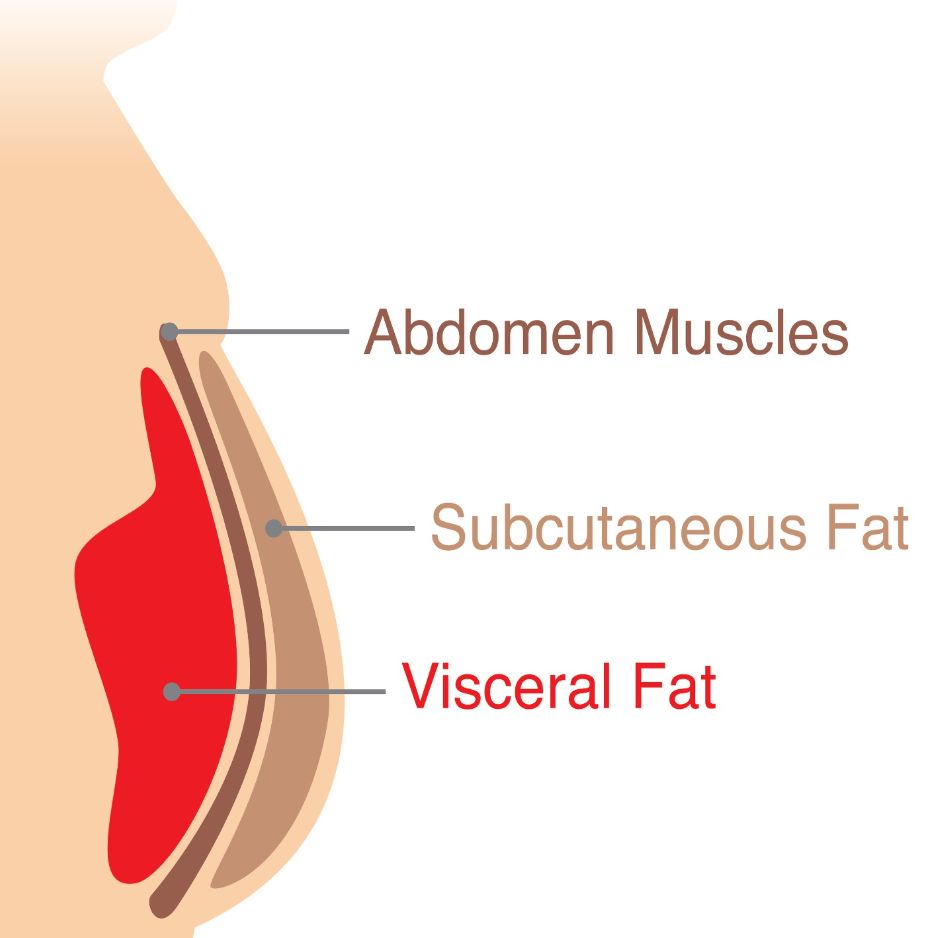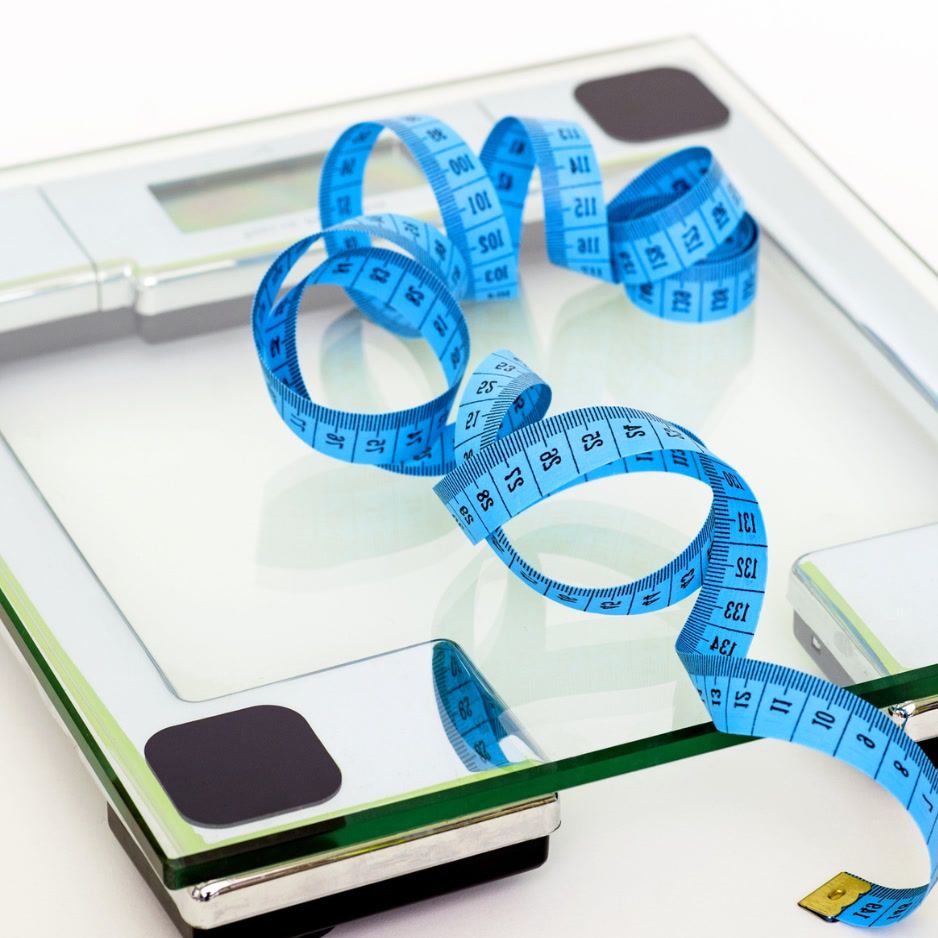What Muscles Does Biking Work?

What Muscles Does Biking Work?
Biking is a popular form of exercise that provides numerous benefits for cardiovascular health, but have you ever wondered what muscles it specifically targets? Understanding the muscles involved in biking can help you maximize your workout and achieve greater overall fitness. In this article, we will explore the basics of biking, the role of muscles in biking, the specific muscles engaged in biking, and the impact of biking on muscle strength and endurance. So, let's dive in and uncover the muscle-related wonders of biking!
Get weekly updates.
Understanding the Basics of Biking
Before we delve into the specifics of muscles, let's first familiarize ourselves with the mechanics of biking. Biking, also known as cycling, involves pedaling a bicycle in a continuous motion to propel yourself forward. It is a low-impact exercise that can be enjoyed both outdoors and indoors on stationary bikes. Apart from being an environmentally friendly mode of transportation, biking provides an excellent way to get fit and stay active.
The Mechanics of Biking
When you pedal a bike, various muscles work together to generate the force needed to move the bicycle and propel yourself forward. As you push down on the pedals, your leg muscles contract to extend your knees and ankles. These muscles include the quadriceps, hamstrings, and calf muscles. On the upstroke, your hamstrings pull the pedals up, engaging the back of your thighs. Simultaneously, your hip flexors and gluteal muscles assist in stabilizing your pelvis and maintaining proper posture.
In addition to the leg muscles, biking also engages your core muscles. The abdominal muscles, including the rectus abdominis and obliques, help stabilize your torso and maintain balance while cycling. These muscles work in conjunction with the back muscles, such as the erector spinae, to provide support and prevent excessive strain on the spine.
Furthermore, biking requires the use of your upper body muscles for steering and maintaining control. Your arms, shoulders, and chest muscles are engaged as you grip the handlebars and maneuver the bike. The deltoids and trapezius muscles help stabilize the shoulders, while the biceps and triceps assist in steering and maintaining a proper riding position.
The Role of Muscles in Biking
Muscles play a crucial role in biking by generating and controlling the movements needed to pedal effectively. The pushing and pulling motion of the legs requires a combination of strength, coordination, and endurance. By utilizing different muscle groups, biking helps to improve overall muscular fitness and promote muscular balance.
Regular biking strengthens the leg muscles, particularly the quadriceps and hamstrings, which are responsible for generating power during the pedal stroke. As these muscles become stronger, they can produce more force, allowing you to cycle faster and tackle steeper inclines with ease.
Biking also improves muscular endurance, as it requires sustained effort over an extended period. By consistently engaging the muscles in a repetitive motion, biking helps to increase their endurance capacity, allowing you to ride for longer distances without experiencing fatigue.
Moreover, biking promotes muscular balance by engaging both the front and back of the legs. The quadriceps, located at the front of the thigh, are responsible for extending the knee, while the hamstrings, at the back of the thigh, flex the knee and assist in the upstroke. By strengthening both muscle groups, biking helps to prevent muscle imbalances and reduce the risk of injuries.
In conclusion, understanding the mechanics of biking and the role of muscles in this activity is essential for anyone looking to improve their cycling performance and overall fitness. By incorporating biking into your exercise routine, you can enjoy the numerous benefits it offers, from strengthening your leg muscles to improving your cardiovascular health. So grab your bike and hit the road or hop on a stationary bike at the gym, and experience the joy and health benefits of this wonderful activity.
The Muscular System and Biking
Before we dive into the specific muscles targeted in biking, let's take a moment to understand the importance of the muscular system in our bodies. Our muscular system consists of over 600 muscles that work together to provide movement, stability, and support. These muscles can be categorized into three main groups: skeletal muscles, smooth muscles, and cardiac muscles.
Overview of the Muscular System
Skeletal muscles, the focus of our discussion on biking, are attached to our bones and provide the force necessary for movement. They are responsible for actions like walking, running, and, of course, biking. Skeletal muscles are voluntary muscles, meaning we have conscious control over their movements.
How Biking Affects the Muscular System
Now that we understand the basics of the muscular system, let's explore how biking specifically affects our muscles. Biking predominantly targets the lower body muscles, but it also engages various core and upper body muscles to maintain balance and stability.
Specific Muscles Engaged in Biking
When you hop on a bike, numerous muscles come into play to power your ride. Let's take a closer look at the specific muscles involved in biking.
Lower Body Muscles Used in Biking
When you pedal, your quadriceps in the front of your thighs and your hamstrings in the back work together in a coordinated manner. These muscles provide the primary force for pushing the pedals down and powering your bike forward. Additionally, your gluteal muscles, located in your buttocks, play a significant role in stabilizing your pelvis and providing additional power during the pedaling motion. The muscles in your calves, including the gastrocnemius and soleus muscles, work to point your toes downward, enabling a more efficient pedal stroke.
Core Muscles Strengthened by Biking
Contrary to popular belief, biking is not just about the legs; it also engages various core muscles. Your core, consisting of muscles in your abdominals, lower back, and hips, provides stability and balance during biking. As you pedal, your core muscles contract to maintain proper posture and prevent excessive movement in the pelvis and spine. So, next time you hop on a bike, don't forget to engage your core for optimal performance.
Upper Body Muscles Involved in Biking
Although the lower body muscles take the spotlight, biking also involves several upper body muscles. Your arms and shoulders play a supportive role by providing stability and control while steering and maintaining balance. Additionally, your back muscles, including the erector spinae and latissimus dorsi, assist in keeping the upper body properly aligned and preventing excessive strain on the lower back.
The Impact of Biking on Muscle Strength and Endurance
Biking is not only a great cardiovascular exercise but also provides significant benefits for muscle strength and endurance. Let's explore how biking can help you improve these essential components of fitness.
Biking and Muscle Strength
Regular biking can contribute to increased muscle strength, particularly in the lower body muscles. As you consistently pedal and challenge your muscles, they adapt and grow stronger. The repetitive motion of biking helps to stimulate muscle fibers and promote their growth and development. The increased muscle strength not only enhances your biking performance but also improves your overall functional strength for everyday activities.
Biking and Muscle Endurance
Endurance is another crucial aspect of fitness that can be improved through biking. During extended periods of biking, your muscles are continuously engaged, which helps to develop endurance. As your muscles become more efficient at utilizing oxygen and clearing metabolic byproducts, your endurance capacity increases. Whether you're tackling long-distance rides or simply going for a leisurely bike around your neighborhood, biking can enhance your muscle endurance and allow you to go the extra mile.
The Benefits of Biking for Different Muscle Groups
Biking offers a wide range of benefits for various muscle groups in your body. Let's explore how different muscles benefit from this fantastic form of exercise.
Benefits for Lower Body Muscles
As we have already discussed, biking heavily targets the lower body muscles. Regular biking can help strengthen and tone your quadriceps, hamstrings, gluteal muscles, and calves. By consistent engagement of these muscles, biking can contribute to increased power, endurance, and muscle definition in the lower body.
Benefits for Core Muscles
Biking provides an excellent workout for your core muscles. As you maintain an upright posture and engage your abdominals and lower back muscles, your core strength improves. A stronger core not only enhances your biking performance but also improves overall stability and posture in everyday life.
Benefits for Upper Body Muscles
Although not the primary focus, biking still engages several upper body muscles. By gripping the handlebars and navigating your bike, you engage your arms, shoulders, and upper back muscles. Consistent biking can help strengthen and tone these muscles, contributing to improved upper-body strength and stability.
Now that you're aware of the muscles biking targets and how it benefits them, it's time to hop on your bike and experience the wonders yourself. Whether you're a seasoned cyclist or just starting, biking offers a fantastic way to improve your cardiovascular fitness, strengthen your muscles, and enjoy the great outdoors. So, get pedaling and reap the rewards!
As you embark on your biking journey, it's essential to track your progress and monitor changes in your body composition. One effective way to do this is through BodySpec's affordable DEXA scans. DEXA Scans provide accurate measurements of body fat, muscle mass, and bone density, allowing you to assess your overall health and track your fitness goals over time. Take advantage of this valuable tool and uncover the full potential of your biking journey with BodySpec's DEXA scans!


